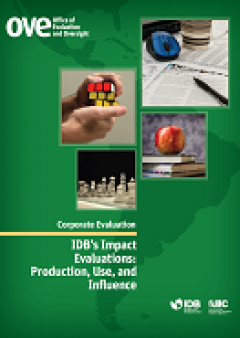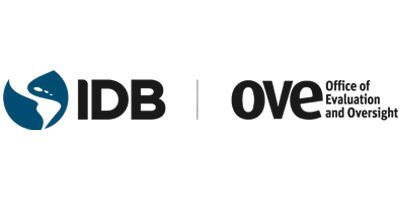
IDB´s Impact Evaluations: Production, Use and Influence
During the last decade the Inter-American Development Bank has invested heavily in promoting impact evaluation as a tool to assess its effectiveness. In favoring the use of IE, the Bank’s intention has been to promote more effective interventions. The introduction of the Development Effectiveness Matrix (DEM), the first Bankwide effort to promote more evaluable projects, has strongly incentivized the production and use of IEs. The DEM includes a series of monitoring and evaluation (M&E) requirements, and operations are rated according to their compliance with these requirements. This evolution has happened in the context of an overall cultural shift toward evaluation and more rigorous analysis, which were key components of the Ninth General Capital Increase and of the New Institutional Strategy. It is in this context that OVE assessed the production and use of IEs in IDB public sector operations, seeking to take stock and reflect on what this effort has brought to the Bank, what the cost has been, and what direction the Bank should take in the coming years.

